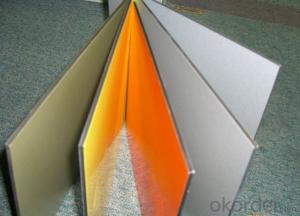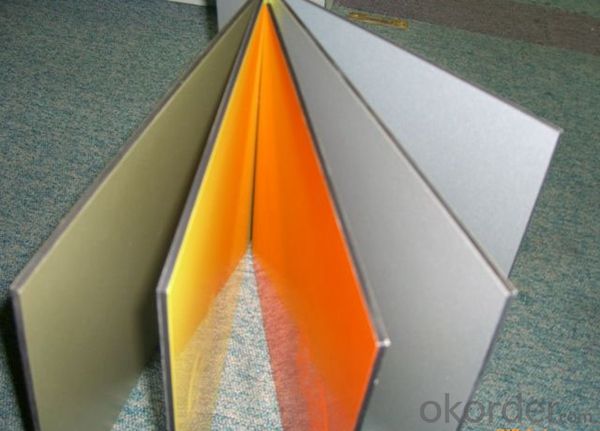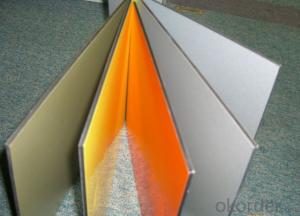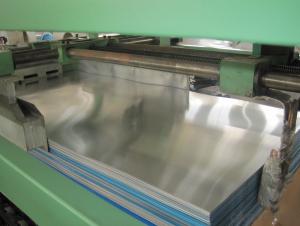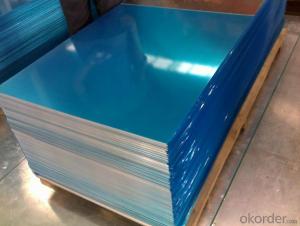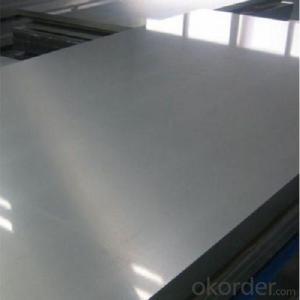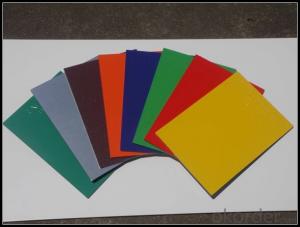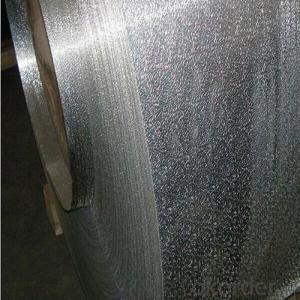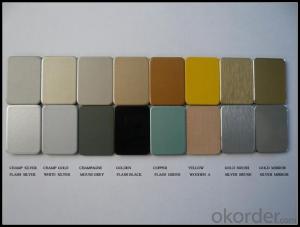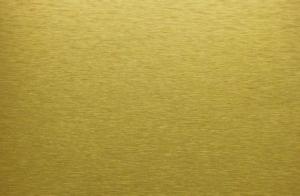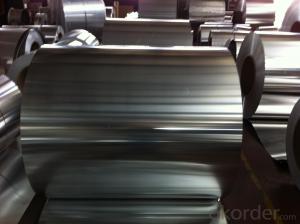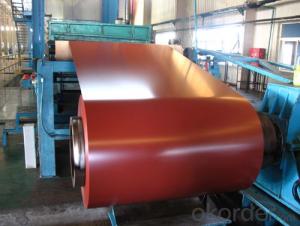PE Color Coating Aluminium Sheet for Building Inside Walls
- Loading Port:
- Shanghai
- Payment Terms:
- TT OR LC
- Min Order Qty:
- 5 m.t.
- Supply Capability:
- 10000 m.t./month
OKorder Service Pledge
OKorder Financial Service
You Might Also Like
Specification
1. Specification of PE Color Coating Aluminium Sheet for Building Inside Walls
ALLOY | AA1050 AA1060 AA1070 AA1100 ETC AA3003 AA3004 AA3005 AA3104 AA3105 ETC AA5005 AA5052 AA5083 AA5754 ETC AA8011 AA8006 AA8079 ETC |
TEMPER | H14,H16,H18,H22,H24,H26,H32,O/F |
THICKNESS | 0.03MM-3.0MM |
WIDTH | 30mm-1700mm |
COIL WGT | 2Mt - 3Mt |
COIL ID | φ508mm,φ610mm |
SURFACE | PE ,PVDF , EPOXY,16-25MICRON PAINTING THICK, MAX 40MICRONS |
STANDARD | GB/T 17748-1999 |
2. Application of PE Color Coating Aluminium Sheet for Building Inside Walls
(1).Interior: wall cladding, ceilings, bathrooms, kitchens and balconies, shutters, doors...
(2).Exterior: wall cladding, facades, roofing, canopies, tunnels,column covers , renovations...
(3).Advertisement: display platforms, signboards, fascia, shop fronts...
3. Feature of PE Color Coating Aluminium Sheet for Building Inside Walls
Surfact Quality :
Be free from Oil Stain, Dent, Inclusion, Scratches, Stain, Oxide Dicoloration, Breaks, Corrosion, Roll Marks, Dirt Streaks and other defect which will interfere with use,
Mechenical Property:
Chemical Composite and Mechanical Property
4. Certificate:
SGS and ROHS(if client request, paid by client), MTC(plant provided), Certificate of Origin(FORM A, FORM E, CO), Bureau Veritas and SGS (if client request, paid by client), CIQS certificate
5. Image of PE Color Coating Aluminium Sheet for Building Inside Walls
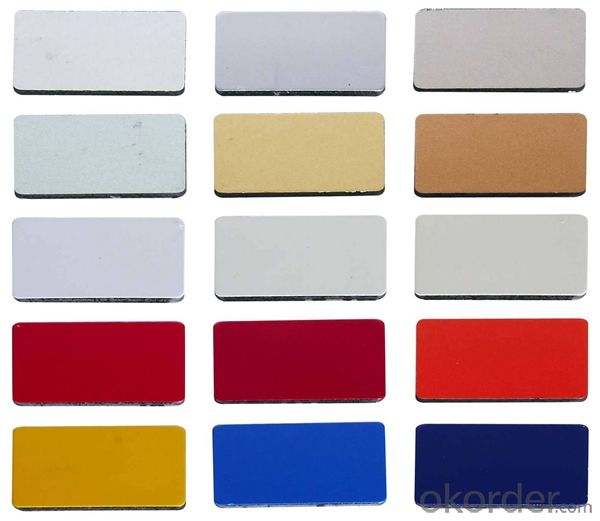
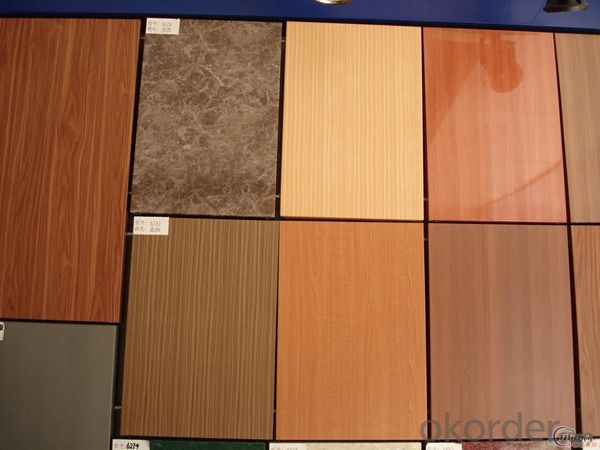
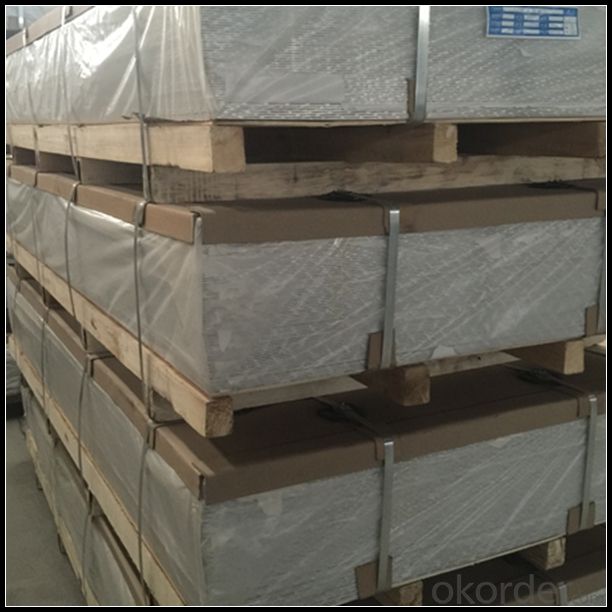
6. Package and shipping of PE Color Coating Aluminium Sheet for Building Inside Walls
First, plastic cloth with drying agent inside; Second, Pearl Wool ; Third, wooden cases with dry agent , fumigation wooden pallets, aluminum surface could cover blue PVC film
7. FAQ
1) What is the delivery time?
Dpends on actual order, around 20 to 35 days
2)What is the QC system:
We have QC staff of 20 persons and advanced equipment, each production is with MTC traced from Aluminum ingot lot.
3) What market do you mainly sell to?
Australia, America, Asia, Middle East, Western Europe, Africa etc
- Q: what are the differences between aluminium , iron , steel.... properties like strength , durability , corrosion resistance properties...finally which is cost efficient and best for all purpose..??
- the difference between iron, steel aluminium is that aluminium contains no carbon as iron steel do. Iron steel over time will rust but aluminium wont. In taking out carbon out off iron to make steel is it needs the carbon % to be less than 0.5% as with iron it still contains carbon at 1.5% to 2% so is not a very strong metal and steel. In Strength Steel is stronger than aluminium and also weights heavier than aluminium. Aluminium do sent corrode because it do sent contain iron as with steel it dose as oxygen reacts with it over time causing it to rust. This is why a coat of red oxide paint is put on it for finishing purposes. In cost efficient steel is the cheaper as steel is a faster process in making it. As you only need 3 ingredients which are Iron ore, Coke which is coal burnt to take off impurities and leaves carbon. As with Aluminium it is more expensive as an expensive process to make and the ore and can only be mined in sear-tonn countries such as Australia. Hope this Helps :o)
- Q: How does aluminum sheet perform in high-pressure applications?
- Aluminum sheet performs exceptionally well in high-pressure applications due to its inherent properties. The strength-to-weight ratio of aluminum is impressive, making it a suitable choice for withstanding high-pressure environments. Additionally, aluminum has excellent corrosion resistance, which is crucial when dealing with high-pressure conditions that may involve exposure to moisture or aggressive chemicals. Furthermore, aluminum sheet is highly malleable, allowing it to be fabricated into various shapes and forms to meet the specific requirements of high-pressure applications. Its flexibility also enables it to withstand the forces and stresses exerted during high-pressure processes without compromising its structural integrity. Moreover, aluminum has good thermal conductivity, which aids in dissipating heat generated by high-pressure systems. This feature helps prevent overheating and ensures efficient operation. However, it is important to note that the performance of aluminum sheet in high-pressure applications can be influenced by factors such as the thickness and alloy composition of the sheet. Therefore, it is crucial to select the appropriate grade and thickness of aluminum sheet based on the specific requirements and operating conditions of the high-pressure application. Overall, aluminum sheet is a reliable and effective choice for high-pressure applications due to its strength, corrosion resistance, malleability, thermal conductivity, and overall performance under demanding conditions.
- Q: Can 101 aluminum sheets be powder coated?
- Indeed, powder coating is a highly adaptable and long-lasting method of finishing that can be utilized on a multitude of substances, aluminum included. This procedure entails the application of a dry powder onto the surface of the aluminum sheets, subsequently subjecting it to heat and fusion in order to generate a sleek and resilient coating. The extensive assortment of colors and finishes offered by powder coating renders it a perfect option for both enhancing the visual appeal and safeguarding the aluminum sheets.
- Q: Can aluminum sheets be used for decorative or architectural purposes?
- Aluminum sheets have multiple uses in decoration and architecture. This versatile material can be easily shaped and molded into various forms, making it perfect for a wide range of architectural projects. It is commonly utilized in exterior cladding, roofing, window frames, and facades, lending a sleek and contemporary appearance to buildings. Moreover, aluminum sheets are also employed for decorative purposes like wall panels, art installations, signage, and furniture. Architects and designers often choose aluminum due to its lightweight and durable properties, enabling them to create visually appealing and functional structures. Additionally, aluminum's resistance to corrosion makes it suitable for both indoor and outdoor applications.
- Q: Are 101 aluminum sheets resistant to corrosion?
- Yes, 101 aluminum sheets are resistant to corrosion due to the presence of a protective oxide layer on their surface, which helps prevent the metal from reacting with its environment.
- Q: This question asks about the various types of aluminum sheets that are suitable for use in exterior applications, specifically those that can withstand outdoor conditions.
- <p>Aluminum sheets used for exterior applications come in various types, each with specific properties to withstand weather and environmental conditions. These include: 1. Mill Finish Aluminum Sheets: These have a natural aluminum finish and are used for applications requiring a raw, industrial look. 2. Anodized Aluminum Sheets: These are aluminum sheets that have been treated to increase their resistance to corrosion and wear. 3. Painted Aluminum Sheets: These are coated with a layer of paint for added protection and aesthetic appeal. 4. Embossed Aluminum Sheets: These have a textured surface and are used for decorative purposes or to provide a non-slip surface. 5. Perforated Aluminum Sheets: These are aluminum sheets with holes punched through them, used for ventilation or decorative purposes. Each type is chosen based on the specific requirements of the exterior application, such as durability, aesthetics, and environmental resistance.</p>
- Q: Would you please tell me what putty to use on the aluminium board, what kind of putty, and the painting process?
- Applied atomic ash.Consider adding an interface agent, that is, applying an interfacial agent on the aluminum plate, and then applying a topcoat on the interface agent after drying.
- Q: How does the surface roughness of aluminum sheet affect its performance?
- The surface roughness of an aluminum sheet can significantly impact its performance. A smoother surface allows for better adhesion of coatings, paints, and adhesives, resulting in improved corrosion resistance and durability. It also facilitates easier cleaning and maintenance. On the other hand, a rougher surface may enhance friction and reduce the sheet's ability to slide or glide smoothly. Additionally, surface roughness can affect the sheet's appearance, reflectivity, and overall aesthetic appeal.
- Q: Explain the distinctions between aluminum and steel sheets in terms of their properties and applications.
- <p>Aluminum sheets and steel sheets differ in material composition, weight, strength, and applications. Aluminum sheets are lightweight, corrosion-resistant, and have good thermal conductivity, making them ideal for applications requiring light weight and resistance to corrosion. Steel sheets, on the other hand, are heavier, stronger, and more durable, suitable for structural applications where high strength is required. Steel is also magnetic, which aluminum is not, and has a higher melting point. However, steel is more prone to rust compared to aluminum, which requires protective coatings or treatments in many applications.</p>
- Q: Are 101 aluminum sheets suitable for heat sinks?
- 101 aluminum sheets are not appropriate for heat sinks, as heat sinks are intended to disperse heat and therefore necessitate materials with high thermal conductivity. In comparison to other aluminum alloys often employed for heat sinks, like 6061 or 6063, 101 aluminum possesses inferior thermal conductivity. These alloys exhibit superior thermal conductivity characteristics, enabling them to effectively transfer heat away from the heat source. Consequently, it is advisable to utilize aluminum alloys that are specifically engineered for heat sinks to guarantee optimal heat dissipation and cooling performance.
Send your message to us
PE Color Coating Aluminium Sheet for Building Inside Walls
- Loading Port:
- Shanghai
- Payment Terms:
- TT OR LC
- Min Order Qty:
- 5 m.t.
- Supply Capability:
- 10000 m.t./month
OKorder Service Pledge
OKorder Financial Service
Similar products
Hot products
Hot Searches
Related keywords
